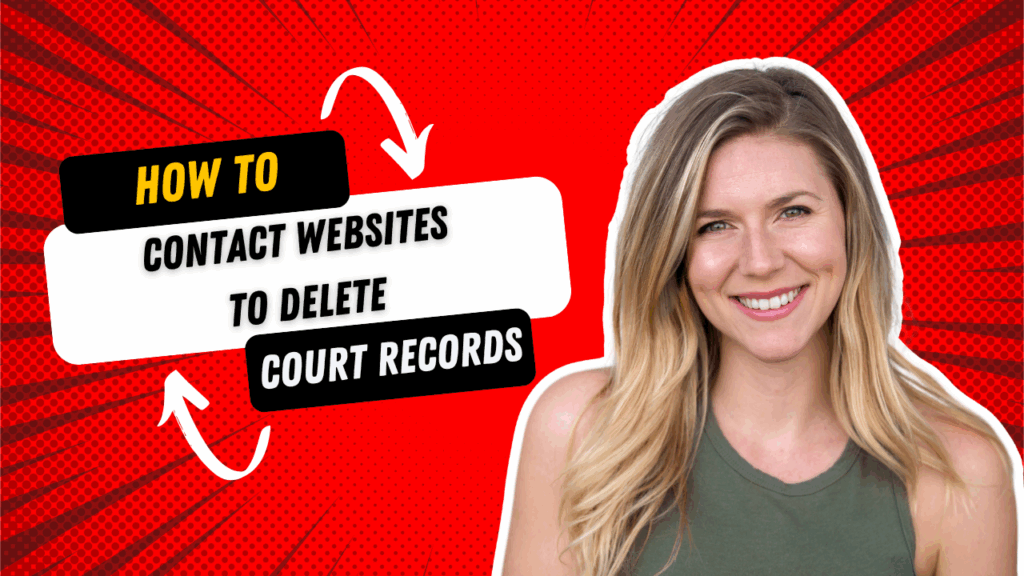If your court records are showing up online and damaging your reputation, contacting the websites hosting them is a direct way to get them removed. But not all websites make it easy. Here’s a clear, step-by-step guide to help you reach out and request deletion.
Dig Deeper: How to Remove Court Records from Google Search
Step 1: Identify the Source of the Court Record
Start by finding exactly where your court record is displayed. This might include:
- Court websites (county or state)
- Background check sites (BeenVerified, Whitepages, Spokeo)
- Public record aggregators
- News websites
- Social media or online forums
Make a list of all the URLs where the court record appears.
Step 2: Find the Contact Information
Not all websites display their contact details clearly, but you can usually find them in one of the following places:
- “Contact Us” page
- Privacy policy page (often includes removal instructions)
- “Opt-Out” or “Data Removal” page (common on data broker sites)
- WHOIS lookup (for privately owned websites)
For news websites, look for the editor’s or newsroom contact information.
Step 3: Write a Clear Removal Request
When contacting the website, keep your message polite, clear, and direct. Your message should include:
- Your full name
- The URL of the court record you want removed
- An explanation of why the information should be removed (outdated, incorrect, expunged, sealed)
- Any supporting documents (expungement order, court dismissal, ID)
Sample Removal Request Email:
Subject: Request for Removal of Outdated Court Record
Dear [Website Name] Support Team,
I am requesting the removal of a court record listed at [URL] under my name. The information is outdated and no longer reflects my current status, as the case was [expunged/sealed/dismissed]. I have attached official documentation to support my request.
Please confirm once the record has been removed. Thank you for your time and assistance.
Sincerely, [Your Name] [Your Contact Information]
Step 4: Follow Up If Necessary
If you don’t receive a response within two weeks, send a follow-up email. If they still don’t respond, consider:
- Using an alternative contact method (phone, social media, live chat)
- Filing a complaint with Google (if the page contains sensitive personal information)
- Consulting a lawyer for a formal demand letter
Step 5: Document Everything
Keep a record of your requests, responses, and any documents you sent. This will help if you need to escalate the situation later.
What to Do If They Refuse
If the website refuses to delete your court record:
- Request an update or correction if the information is inaccurate
- Use SEO suppression strategies to push it down in search results
- Consider a legal approach (cease and desist, defamation claim)
- Work with a reputation management service like Top Shelf Reputation to manage your online image
Contacting websites to delete court records takes persistence, but with the right approach, you can succeed. Be polite, provide clear evidence, and follow up if needed.
Need help? Top Shelf Reputation specializes in removing court records and cleaning up your online presence. Contact us today to get started.

